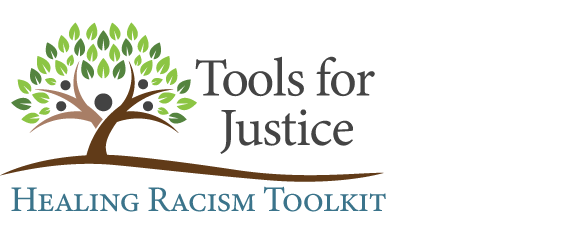
A six-session discussion guide from the website Everyday Democracy to help all kinds of people take part in meaningful dialogue to examine gaps among racial and ethnic groups and create institutional and policy change.” This guide presents a lot of useful information and is full of helpful ways of initiating conversation.
Sundown towns are not just places where something racist happened. It is an entire community (or even county) that for decades was “all white” on purpose. “All white” is in quotes because some towns allowed one black family to remain when they drove out the rest. A town may have been sundown once, but now is not. Ferguson, MO, was a sundown town between 1940 and 1960. By 2014, when racial conflict famously erupted, like some other “recovering” sundown towns, it still displayed “second generation sundown town problems”

As we feel a call to heal a broken world, how can we really be effective? Where does the destruction came from? With people trying to fix things with disparate sometimes confused tactics how can any climate change repair happen? With humor and simplicity this skit addresses these questions.

Sisters of the Light was a women’s multi-cultural spiritual group int he 1990’s. Among other things, they would present stories of six primarily Wampanoag, and Quaker women from Cape Cod history one of them being abolitionist Quaker, Lucretia Mott.

Burying the N-Word was an action initiated by NAACP in 2007. It was spearheaded by NAACP National Board Chairman Julian Bond, (who was a George School alumnus).
James Varner recreated this action at New England Yearly Meeting in 2008.

The seminal work, White Privilege: Unpacking The Invisible Knapsack By Peggy Mcintosh outlines “invisible systems” at work, as well as the main theme of an “invisible package of unearned assets”, examined in the form of a metaphorical knapsack.






















